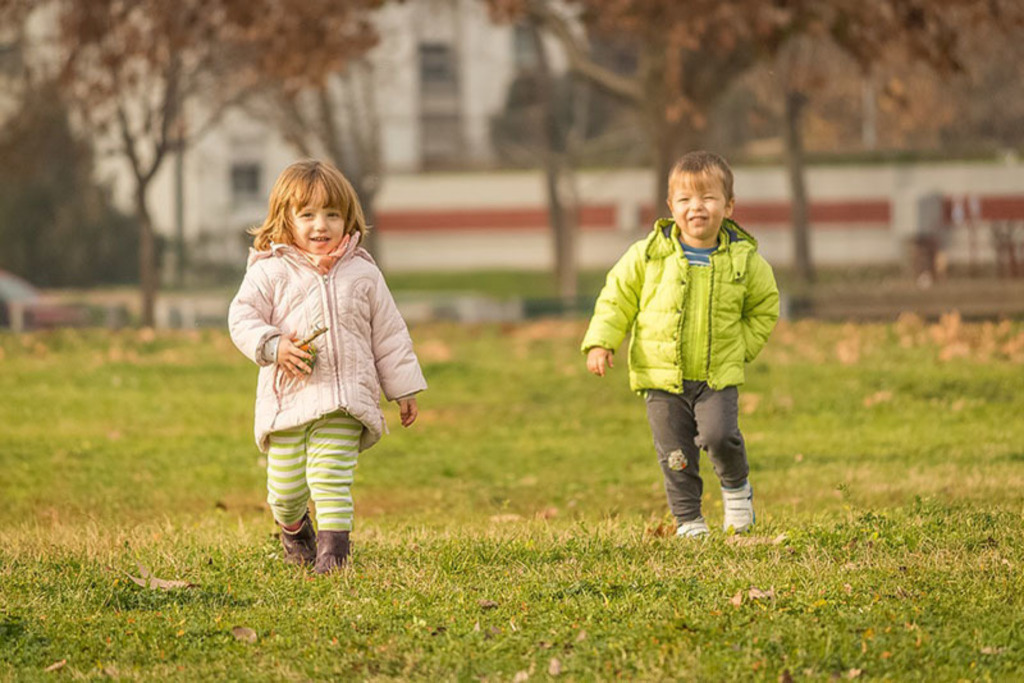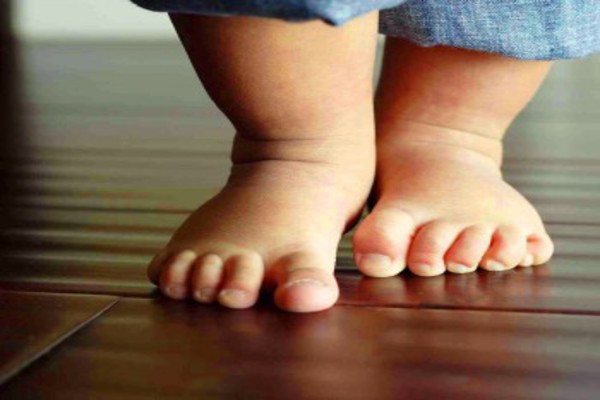Teaching Children to Walk

One of the most common requests I receive from families is how to Encourage Independent Walking. Once that year birthday mark passes it seems our “new parent” anxiety reaches its peak, questions from family and friends, “So is he walking yet?”or “Has she taken her first steps?”
Encourage Independent Walking
One of the first reassurances I can give families is that Motor Milestones exist on a continuum. Each child achieves these skills at their own time, in their own way. Though we learn motor development from textbooks positing neurodevelopment theory to explain skill acquisition and motor patterning, the manifestation of this progression takes on distinct characteristics when we look at each child as a unique creation.
There are differences in personality, some children are always seeking, searching for new sensory experiences, investigating each new noise, new scent, new image. Other children are happy to be more sedentary, allowing the objects and people in their life to come to them, engage with them on their level. Sometimes we, as parents and caregivers, need to encourage a bit more exploration to facilitate not only gross and fine motor development, but language acquisition as well.
Our own son and Dinosaur PT mascot, Abe, was not yet walking at his one year birthday and what follows are some helpful suggestions that I have had success with both as a Pediatric Physical Therapist and a mom!
Tips to Encourage Independent Walking
Encourage Independent Walking
Tip#1: Encourage Independent Walking by promoting barefoot exploration as much as possible. Allowing the child to experience different tactile surfaces along the plantar surface of their feet allows for recruitment of the intrinsic muscles which comprise eventual development of arch support.
Barefoot standing and navigation also promotes more natural weight shifting and weight bearing which helps child build both static and dynamic balance necessary for independent walking. So take off your shoes and socks and join in the barefoot walking on grass, sand, padded mats, solid floors…the possibilities are endless!
Encourage Independent Walking
Tip #2: Move everything from the floor to different surfaces around the play space. Choose different heights, different placements throughout the day, determine the objects that are the most motivating for your child and make those objects the more challenging to reach for.
Abe has been really motivated by the shape sorter, in particular the star shape so that is placed at the most elevated level these days!
Encourage Independent WalkingTo reach certain objects Abe gets up on his toes (check him out in this Activity of the Week!), then squats down low to reach others. As he brings certain items to me, either a book to read together or the colorful coins to help him put in his piggy bank, he will be encouraged to let go of his upper body support, rotate his body, stand independently, and ideally take a short step or two.
Encourage Independent WalkingEncourage Independent Walking
Tip#3: Encourage reaching overhead and down below for objects, bubbles, balloons, putting ball in hoop.
This will promote less reliance on upper body external support as the child reaches away from outside support they will activate their own base of support, engaging dynamic balance reactions, promoting trunk strength and weight bearing through stable lower extremities.
Encourage Independent WalkingEncourage Independent WalkingEncourage Independent Walking
Tip#4: Encourage bi-manual work. Again we are taking the focus away from that external support your child has been relying on. Offer an object which requires your child to use both hands to manipulate and carry along.
Promoting standing and walking while child is holding object with bimanual grip using both hands will discourage reaching for support and encourage more activation of trunk and lower extremity muscles. O-Ball offers some great options, two musical toys (one for each hand!), a large stuffed animal, anything motivating that requires both hands to be engaged and active so that the child’s trunk and lower body are called upon to maintain balance and stable support.
As you can see in the above photos, Abe is holding one egg shaker in his right hand, reaches across midline to grab the other musical toy with his left hand and with both hands occupied, he stands independently!
Encourage Independent Walking
Tip#5: Encourage transitions! Many of our little ones are pulling to stand using upper body more than lower body to attain this position. We can encourage other means to rise to standing, for instance:
Sit to stand transitions from low bench, cube chair or foam roller, promoting knees over toes pushing up into standing(vs using upper body to pull up to stand).
Click to see video of Abe’s sit to stand!
teaching children to walk
Floor to stand transitions rising from sitting to tall kneel to half kneel to stand (promoting development of trunk and lower extremity musculature).
Click to see video of Abe’s floor to stand!
Encourage Independent WalkingEncourage Independent Walking
Tip#6: Introduce idea of “dynamic support”. Pushing weighted shopping cart, toy car, swing in park, large therapy ball all help to encourage weight bearing and moving through space with less reliance on static source of stability.
Promoting weight bearing through legs, weight shifting, and less reliance on stable support as the child has to begin to anticipate the movement and adjust their body accordingly.
Encourage Independent WalkingEncourage Independent WalkingEncourage Independent Walking
Tip #7: Encourage independent walking by climbing ramps, stairs, and slide all to promote trunk and lower body dissociation and strengthening.
Encourage Independent WalkingEncourage Independent Walking
Tip #8: Change up environment. Bring child to different settings: outdoor playground, indoor gym, friend and families homes.
Different settings bring different experiences, new challenges and new incentives to interact physically with surroundings! A great way to encourage independent walking, generalize skills and prevent any degree of complacency.
Encourage Independent Walking
Tip#9: Enjoy every moment. Despite being sleep deprived, hungry, and stressed….try to enjoy these moments with your little one.
Each skill acquired no matter how big or small is a great accomplishment that should be relished and applauded for you and your child!
walking
Tip #10: Ask for help. If all else fails, ask for help. Pediatric Physical Therapists can offer activity suggestions, equipment ideas, and help to assess any underlying reasons for the developmental concerns you may have. No judgments, just helpful guidance await if you reach out to the right professional!
Πρόσφατα Άρθρα

Εγκεφαλική παράλυση
Η εγκεφαλική παράλυση (cerebral palsy, CP) είναι η κύρια αιτία της παιδικής αναπηρίας.
Η εγκεφαλική παράλυση δεν είναι νόσος αλλά ένα σύνθετο σύμπτωμα.
Αποτελεί έναν όρο ‘ομπρ...

Η μυική δύναμη κατά την εφηβεία «όπλο» κατά της καρδιοπάθειας και του διαβήτη
Η μυική δύναμη κατά την εφηβεία «όπλο» κατά της καρδιοπάθειας και του διαβήτη
Η μυική δύναμη ενός εφήβου αποτελεί παράγοντα προστασίας κατά της καρδιοπάθειας και του διαβήτη αργότερα στη...

Σωματική άσκηση σε παιδιά με ειδικές ανάγκες
Ο ρόλος της σωματικής άσκησης στη ζωή του παιδιού είναι ιδιαίτερα σημαντικός και αναγκαίος. Εφοδιάζει το παιδί με ικανότητες σωματικές και κινητικές που του είναι απαραίτητες για την καθημερινή λει...
